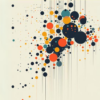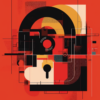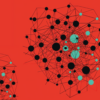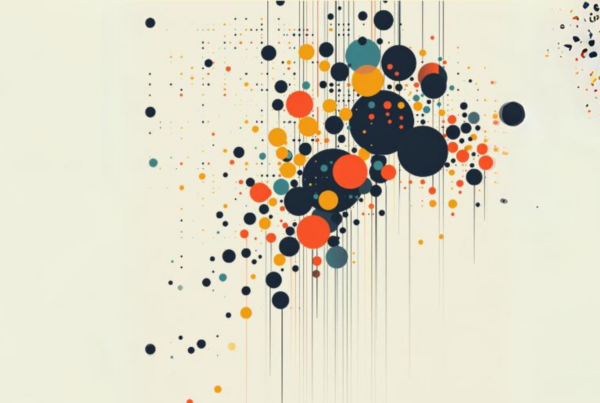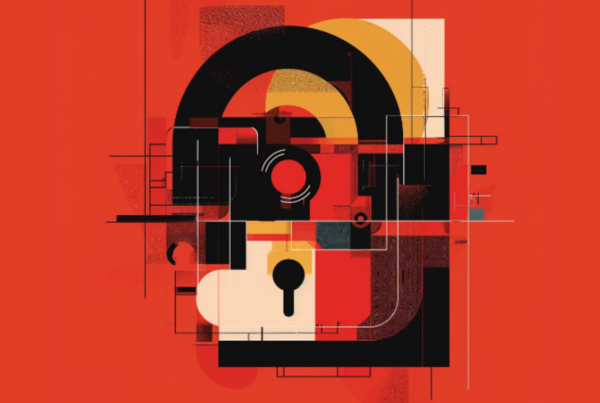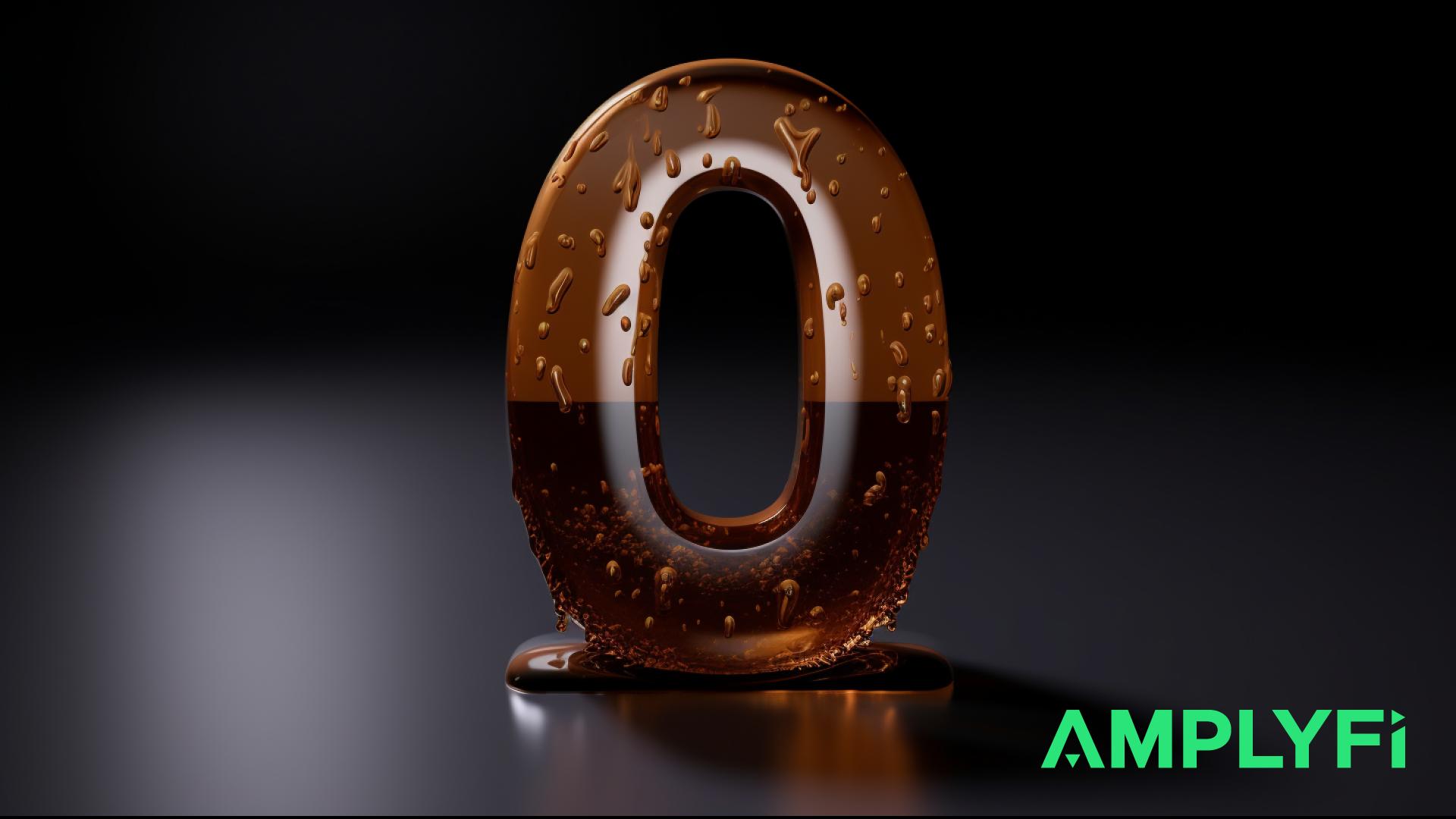
Leveraging the power of AMPLYFI’s Monitoring platform, we conducted automated research to gain insights into the global drinks industry’s response to the disruptive low and no-alcohol trend. Our platform processed over 3,800 documents from thousands of sources across the web and surfaced insightful content – reducing hours of reading to minutes. Our tool revealed the key factors behind the low and no-alcohol trend, the drinks industry’s response, and market growth predictions.
The global drinks industry has significantly shifted towards low and no-alcohol products, and the rise of wellness culture has driven this trend as consumers seek alternatives to traditional alcoholic beverages. As a result, there has been an international surge in demand for drinks with low or no-alcohol content. As the industry adapts to this new reality, businesses must stay ahead of market trends and consumer preferences to remain competitive.
Key Factors Behind the Trend
Our research identified health and wellness concerns as the main factors behind the low and no-alcohol trend. According to a Global Data study, consumers increasingly consider health and wellness concerns, such as moderating calorie and alcohol consumption. The study also reported growing demand for low and no-alcohol products, with one in five consumers actively choosing to consume these products at home.
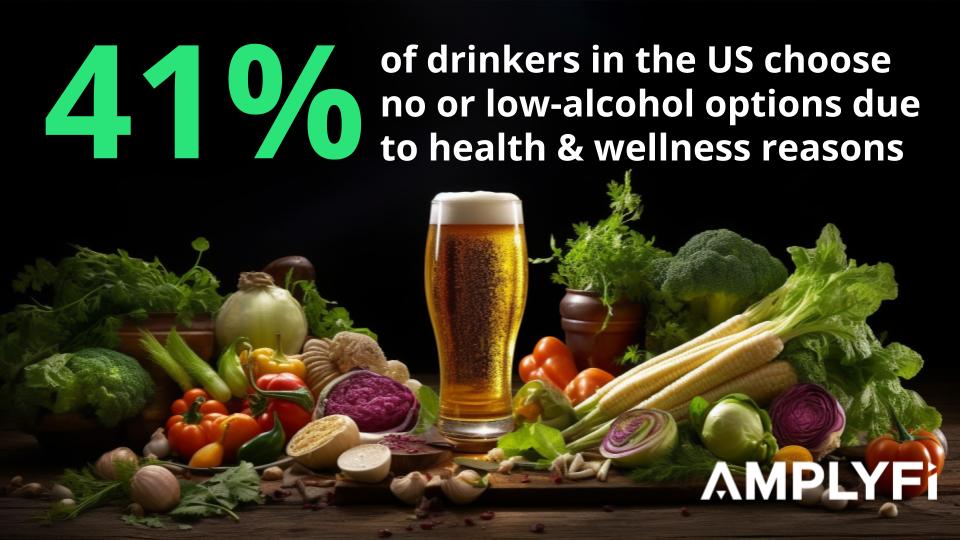
Karl Fielding, VP for the Middle East and Africa for non-alcoholic spirits company Lyre’s suggests that the non-alcoholic category is growing significantly due to the increased moderating alcohol consumption. He also mentions “frictionless drinking,” the practice of swapping non-alcoholic and alcoholic drinks interchangeably, which is becoming more popular. Fielding suggests that the availability of sophisticated, non-alcoholic options gives consumers a better and more socially inclusive choice than water or soda.
Gen Z significantly contributes to the low and no-alcohol trend, with many young adults moderating or eliminating alcohol consumption. NielsenIQ revealed that Gen Z spends 40% less on alcohol than Millennials. Another recent study identified three vital behavioural motivations impacting Gen Z’s drinking choices: public image, productivity, and health concerns.
Industry Response to Low and No Alcohol Trend
The trend towards low and no-alcohol beverages is driving innovation in the industry, with many companies now offering both alcoholic and non-alcoholic versions of their drinks to provide consumers with a wider variety of choices. Advancements in technology have made it easier to mimic alcoholic flavours, and major beer and spirits brands are investing in better-tasting non-alcoholic options, so consumers don’t have to choose between drinking alcohol or not.
Advancements in Beer Processing for Low and No Alcohol Options
Processing innovations drive the low and no-alcohol trend. Reverse osmosis filtration technology separates alcohol and water from other ingredients, preserving crucial aroma, colour, and turbidity elements. Smaller brewers are outsourcing alcohol removal to larger rivals, while yeast producers are developing species that produce low amounts of ethanol, ideal for no-alcohol and low-alcohol beers. Other innovations include stimulants that provide sensory pleasure without intoxication.
Challenges and Opportunities in the Alcohol-Free Wine Sector
Alcohol-free wine remains a tiny niche, even relative to its counterparts in other categories. The wine industry faces a more significant challenge in producing alcohol-free products due to the role alcohol plays in wine flavour, but innovations in processing technology are being made. In the EU, regulatory reform could boost the alcohol-free beverage sector by creating a labelling category for low and non-alcoholic wines. Comité Européen des Entreprises Vins CEEV (the European organisation representing the EU wine industry) is awaiting clarification on oenological practices for alcohol-free wines and wants a legal framework to be released this year to provide regulatory stability for manufacturers.
Industry Expansion and Diversification
Major global beer companies, including Ashai, Carlsberg, Anheuser-Busch InBev, and Heineken, have noticed this trend and are expanding their non-alcoholic offerings.
- In March 2023, Ashai launched its first alcohol-free beer internationally and plans for non-alcoholic products to make up 20% of its European portfolio by 2030.
- Carlsberg, moving towards its ZERO Irresponsible Drinking goal, now offers alcohol-free products in 90% of its markets, amounting to 32 new global launches in 2022.
- Anheuser-Busch InBev aims for non-alcoholic and low-alcohol beer to make up a fifth of its global beer sales by 2025.
- Heineken US debuted “Heineken 0.0” in the first non-alcoholic beer commercial in Super Bowl history.
Craft breweries have also tapped into the trend.
- Athletic Brewing, the top non-alcoholic craft brewery in the United States, has announced plans to expand its international distribution beyond the current markets of Canada, the United Kingdom, and France.
- Jump Ship Brewing, Scotland’s only woman-owned non-alcoholic brewing company, plans to open a new 20-hectolitre brewery to increase production fourfold. The company also collaborated with fellow Scottish craft brewer Bellfield to create Bellfield’s inaugural 0.5% ABV lager.
Although less widespread than in the beer industry, new releases of low or no-alcohol spirits have also been introduced to meet the growing demand.
- Molson Coors introduced Roxie, the brewer’s first zero-proof, canned mocktail sold exclusively online.
- Pernod Ricard launched Seagram’s 0.0% gin in Spain – the French spirits company’s first no-alcohol product in France.
Overall, the industry response to the low and no-alcohol trend has been significant, with major global companies, smaller craft breweries and spirits companies investing in new products to meet the growing demand for low and no-alcohol options. This shift in consumer preferences is driving innovation in the industry, with companies offering both alcoholic and non-alcoholic versions of their drinks to provide consumers with a wider variety of choices.
Continued Growth Predicted for Low and No Alcohol Trend
The low and no-alcohol trend is expected to continue its growth trajectory. According to Athletic Brewing CEO Bill Shufelt, the no and low alcoholic drinks sector have “ultra-durable mindfulness trends blowing behind it.” Market reports support this claim.
- The global adoption of low-alcohol content beverages is predicted to fuel the Ready-To-Drink (RTD) industry, with its market share expected to increase to 8% by 2025, outperforming the wider alcohol beverage market, according to the IWSR Drinks Market Analysis.
- Global Market Insights (GMI) reports that the global non-alcoholic beer market size was more than $22 billion last year and predicts a Compound Annual Growth Rate (CAGR) of 5.5% in the next decade.
- GlobalData also reports that in 2021, the alcohol-free spirits market had a global value of $143 million and predicts that by 2026, this market will exceed $200 million, resulting in a ten-year CAGR of over 10%.
Conclusion: The Future of Low and No Alcohol in the Drinks Industry
The low and no-alcohol consumer trend is a significant shift in the global drinks industry driven by increasingly health-conscious consumers seeking alternatives to traditional alcoholic beverages. This trend is not limited to a particular region but has been observed globally. Fueled by technological innovations in formulation and manufacturing, this trend continues growing and provides opportunities for beverage companies, suppliers, and retailers. Overall, the low and no-alcohol trend is not just a fad but a significant shift in the global drinks industry that is here to stay. As the trend continues to grow, businesses that can adapt and innovate will be well-positioned to capitalise on the opportunities it presents.
Leah Pope – Product Manager
As a product manager at AMPLYFI, Leah applies her solid background in Software Engineering and a keen interest in Machine Learning to drive innovation. Through effective collaboration and strategic thinking, Leah contributes to the continued growth and success of AMPLYFI’s cutting-edge solutions.

